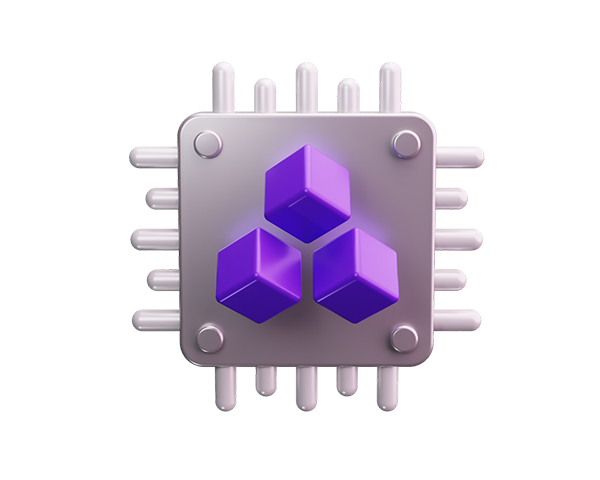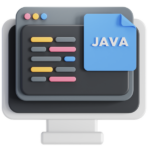In the fast-paced world of software development, architects and developers are constantly seeking new ways to build more scalable, resilient, and loosely coupled systems. One approach that has gained significant traction in recent years is event-driven architecture (EDA).We’ll explore the key concepts, benefits, and challenges of EDA, and discuss real-world examples of its application.
Understanding Event-Driven Architecture
At its core, event-driven architecture is a design pattern in which decoupled software components communicate with each other by producing and consuming events. These events represent meaningful occurrences within the system, such as user actions, system notifications, or data updates. By embracing this paradigm, systems can become more responsive, flexible, and easier to scale.
Components of Event-Driven Architecture
1. Events: Events are the building blocks of EDA. They represent meaningful occurrences within a system and are typically small, self-contained packets of information.
2. Event producers: These are components or services that generate and emit events when certain conditions are met. Examples include user interfaces, IoT devices, or backend services.
3. Event consumers: On the other side, event consumers are responsible for reacting to and processing events. They can trigger specific actions, update data, or propagate new events.
Benefits of Event-Driven Architecture
1. Loose coupling: EDA promotes loose coupling between system components, as they interact through asynchronous, decoupled events rather than direct method calls or tight integrations.
2. Scalability: Event-driven systems can scale more effectively, as individual components can be added or removed without disrupting the entire system.
3. Flexibility: EDA enables flexibility in system design, allowing for easier integration of new features or technologies.
Challenges and Considerations
While EDA offers numerous benefits, it also introduces its own set of challenges, including:
1. Eventual consistency: As events are processed asynchronously, achieving strong consistency across the entire system can be challenging.
2. Complex event choreography: Managing the flow and sequencing of events in a distributed system requires careful choreography and error handling.
Scenarios
1. E-commerce platforms: EDA is commonly used in e-commerce systems to handle order processing, inventory management, and customer interactions.
2. Internet of Things (IoT) applications: IoT devices often leverage EDA to communicate events such as sensor readings, device status changes, or user interactions.
Conclusion
Event-driven architecture represents a paradigm shift in modern software design, offering a flexible and scalable approach to building complex systems. By embracing EDA, architects and developers can create systems that are more responsive, resilient, and adaptable to changing requirements.
What are your thoughts on event-driven architecture? Have you encountered EDA in your own projects or applications? Let’s continue the discussion in the comments below!



